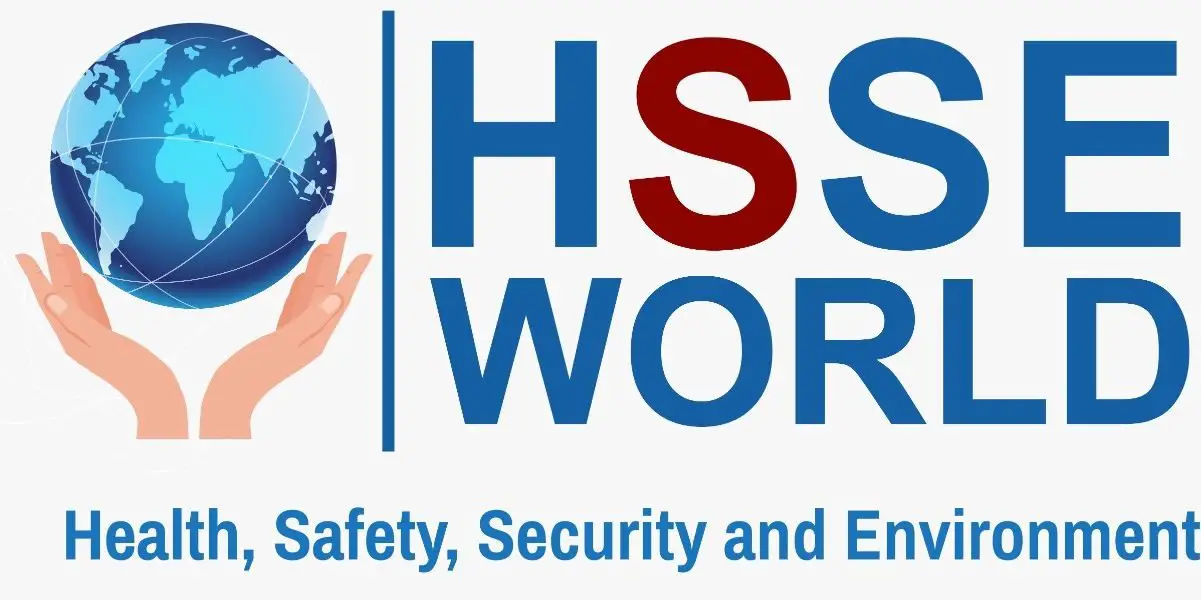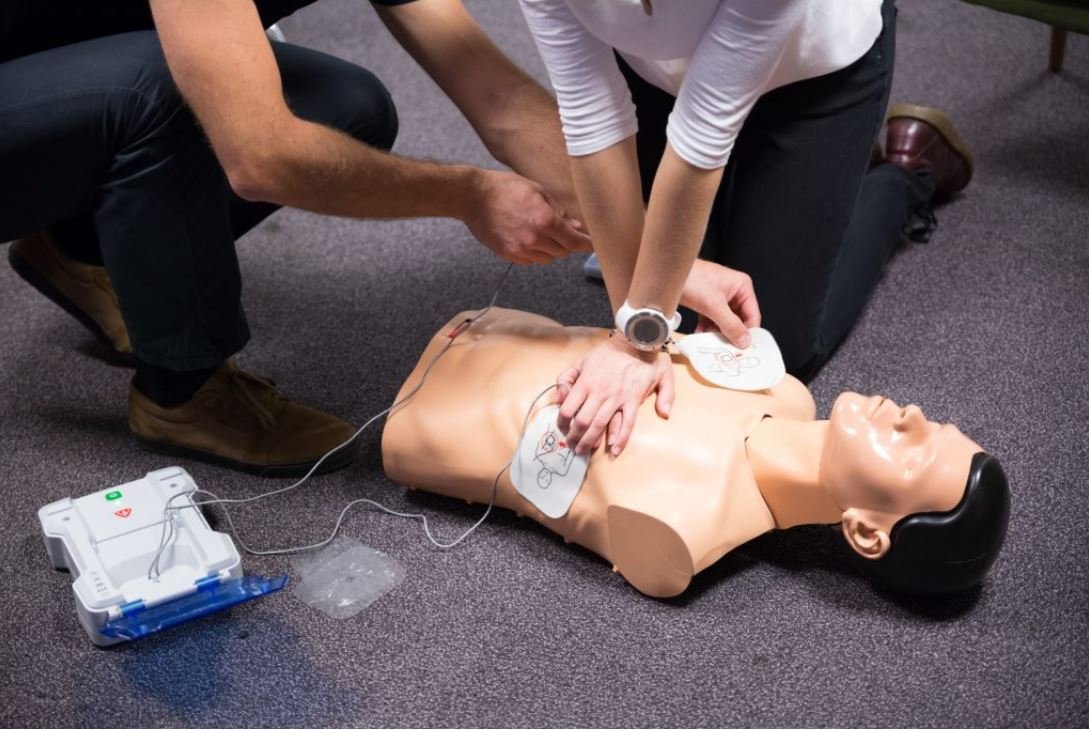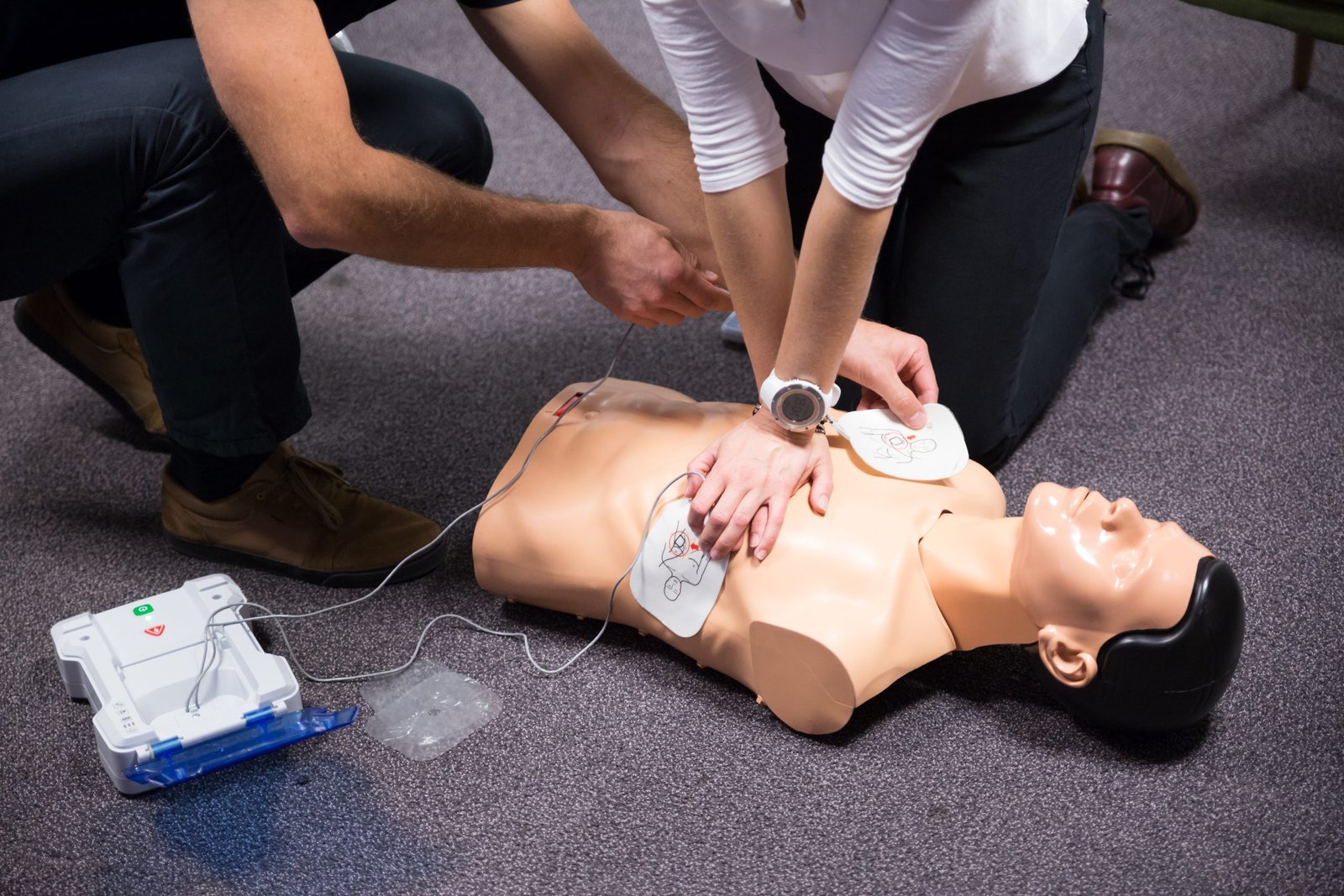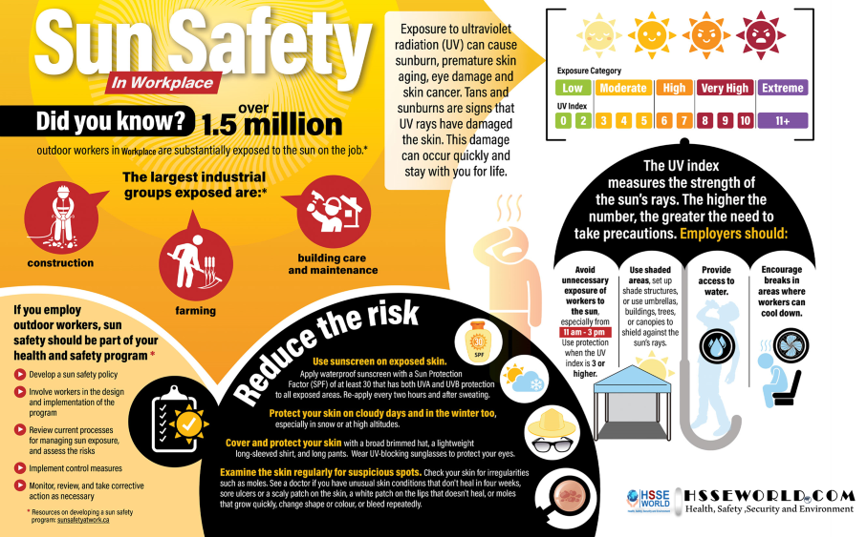It’s impossible to prevent cardiac arrests in your workplace, but you can be ready to respond adequately.I was chatting with a foreman the other day and he collapsed out of the blue. I was stunned and I had no idea what to do. A driver jumped out of his truck and ran to the AED station. He used the defibrillator while I stood by watching. He saved that man’s life. I had passed that AED almost every day and never even once thought about what it was for.
Heart Risks at Work
When you see a colleague fall to the ground without having been struck by a vehicle or falling object, one of the first culprits you should consider is the heart. Sudden cardiac arrest is an electrical problem that creates an abnormal rhythm, which prevents the heart from pumping blood to the vital organs, including the brain. According to the St. John Ambulance society, a case of cardiac arrest happens every few minutes somewhere in the country.
Quick action, including the use of an automated external defibrillator (AED) or cardiopulmonary resuscitation (CPR), could save a victim from dying or suffering irreversible brain damage .
Using AEDs
When we see AEDs on TV or in movies, they’re usually used by trained paramedics. But they have been designed to be operated by a lay-person with no prior knowledge of cardiac lifesaving techniques. When applied to the body, the device can detect the type of abnormal rhythm being pumped by the heart and guides the user accordingly.
OSHA recommends that every workplace should have at least one employee who has been trained and certified in CPR and first aid. This is, of course, a minimum. Employers should consider training more workers in this life-saving technique in case their one CPR-trained employee is out sick on the day someone’s heart gives out.
OSHA also recommends placing AEDs in easily accessible locations. There is no firm national requirement mandating this; however, each state has enacted laws regarding AEDs in public buildings.
Be Prepared
Making sure some of your employees are trained in CPR and the use of AEDs is a good step to ensuring that someone affected by a cardiac event pulls through. But common sense holds that there should always be at least one employee on site with the relevant training. Make sure to train employees and supervisors from every shift.
Organizations like St. John Ambulance offer regular courses throughout North America. It is also important to note that every state has Good Samaritan laws that protect individuals from liability when they attempt to save another person’s life. There are a lot of misconceptions about these laws, so be sure to educate your employees on them. Otherwise, they may be hesitant to jump in and use the defibrillator on a colleague.
Conclusion
A cardiac arrest isn’t exactly a preventable workplace injury – there aren’t any controls you can put in place to keep your employees from having one. But you can make sure employees are ready to respond swiftly and effectively.
On average, there will be one cardiac arrest in any given work site or public location every five years. But that doesn’t mean five year from now. It could happen tomorrow, and you need to be ready when it does.

Defibrillator devices are used to deliver therapeutic shock to patient’s heart in severe conditions such as ventricular fibrillation, cardiac arrhythmia, and pulseless ventricular tachycardia. The defibrillation procedure includes delivery of electric shock to patients’ heart, which depolarizes heart muscles and restores its normal electric impulse.
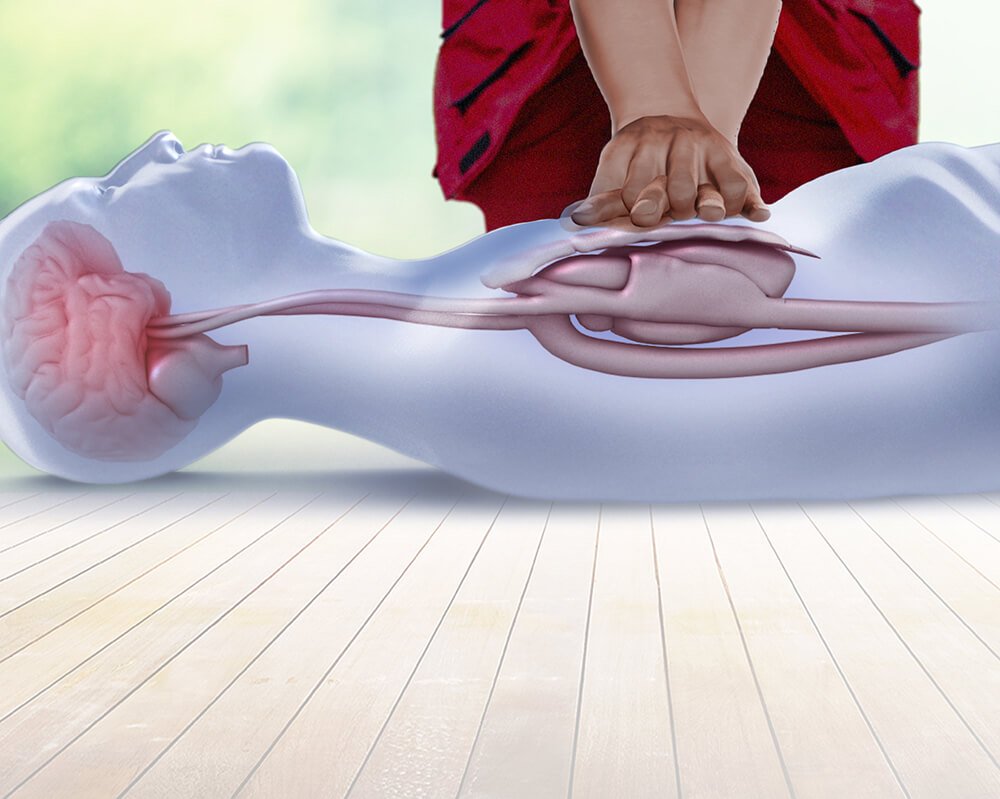
CPR – or Cardiopulmonary Resuscitation – is an emergency lifesaving procedure performed when the heart stops beating. Immediate CPR can double or triple chances of survival after cardiac arrest. Immediate CPR can double or triple chances of survival after cardiac arrest.
